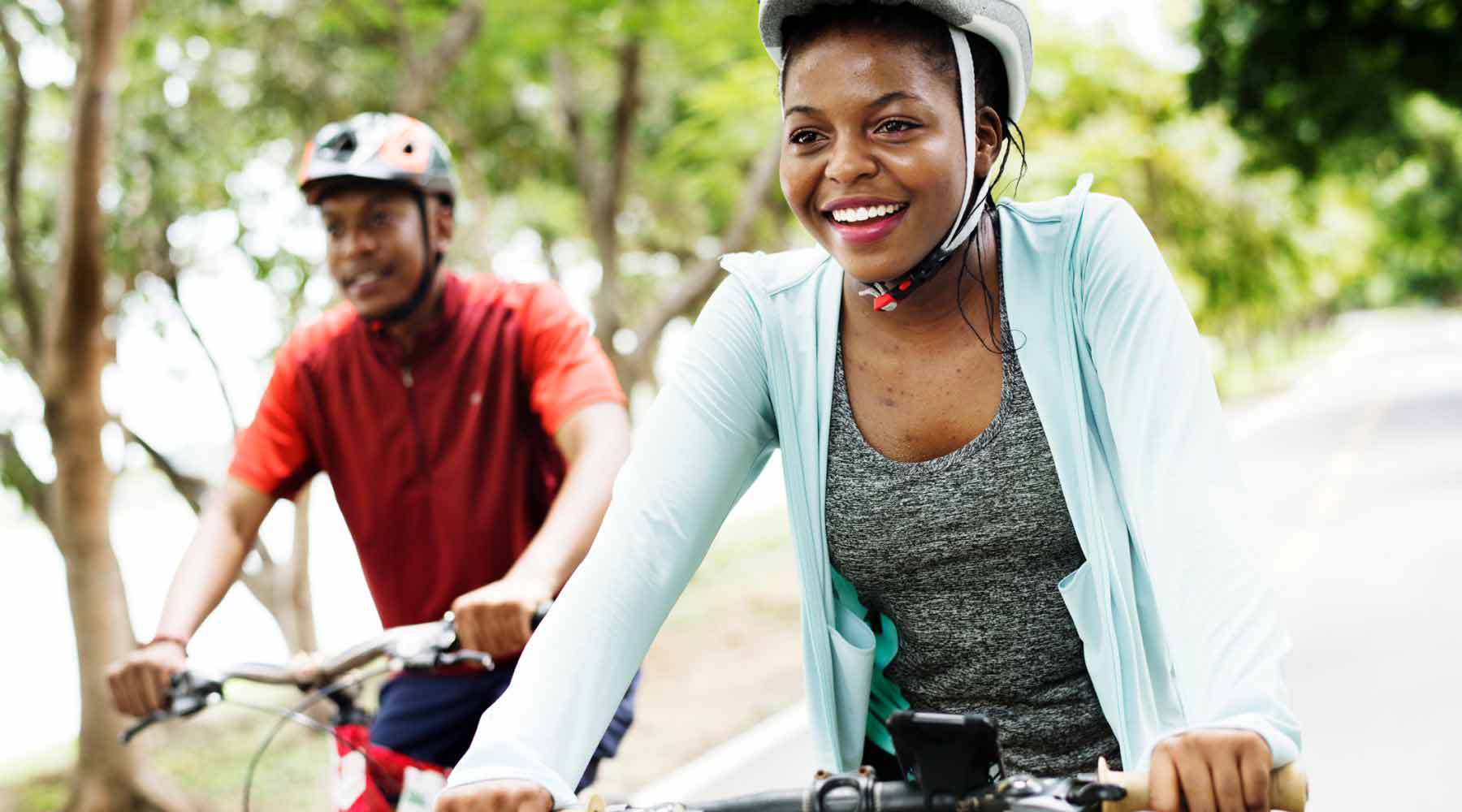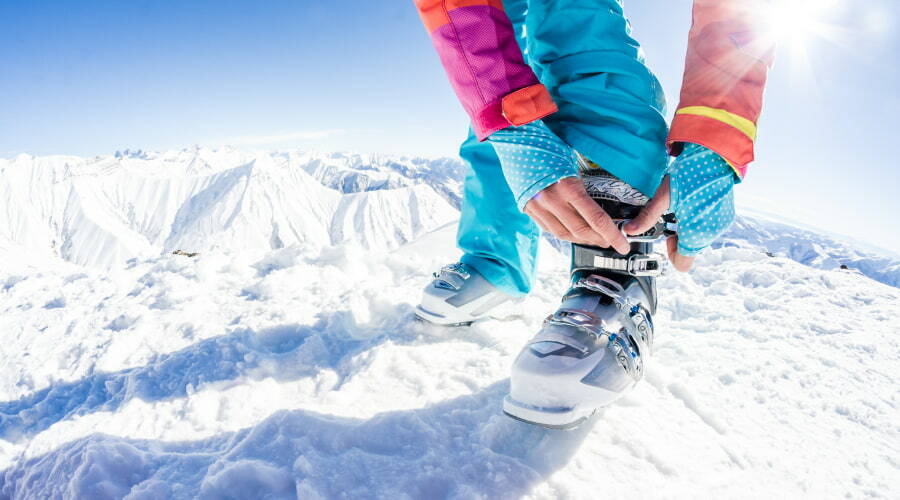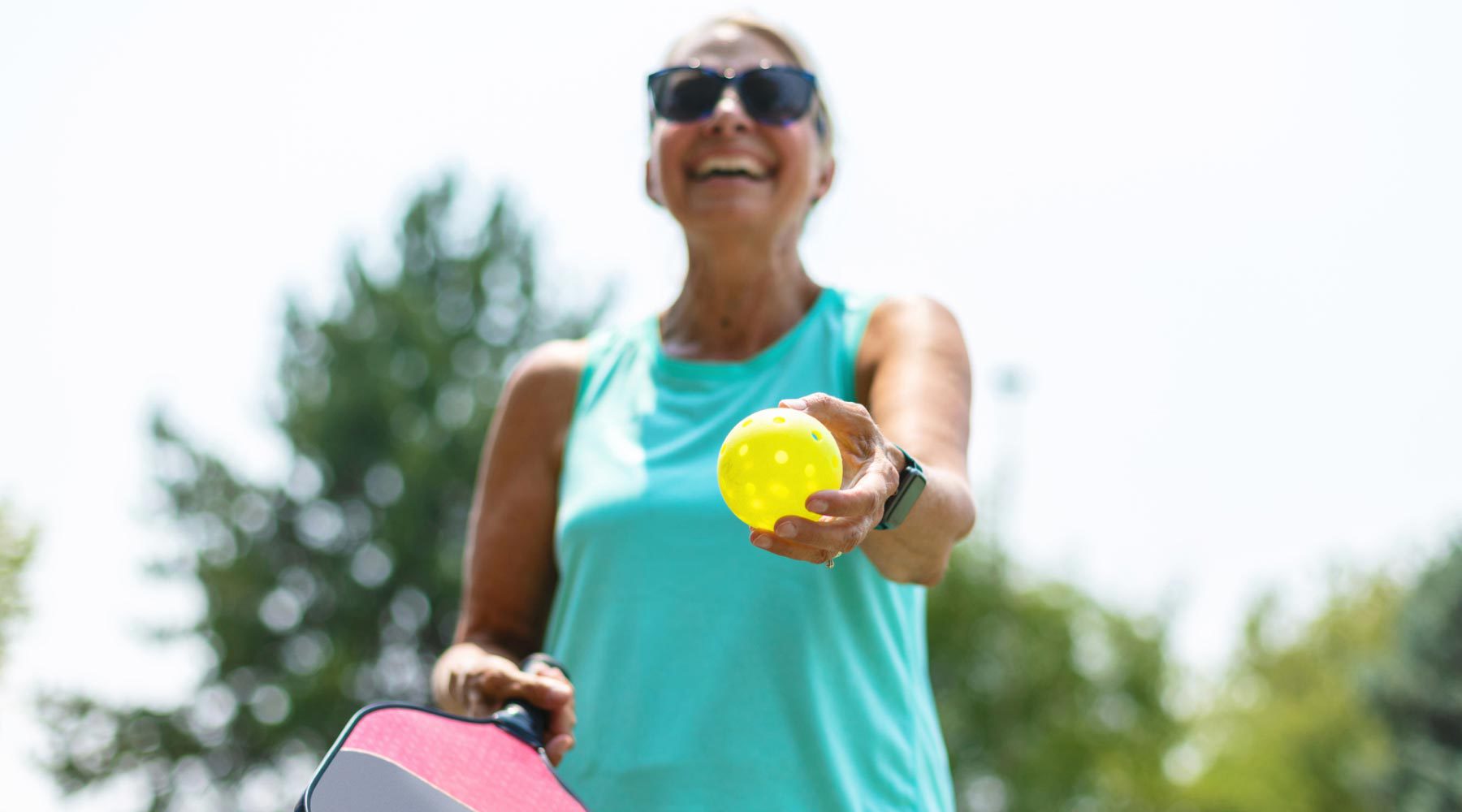
As the weather gets nicer, people are swapping their vehicles for bicycles as a means of exploring their communities and becoming more active outside. While cycling is a great way to improve cardiovascular health and strengthen muscles, it is important to learn how to take preventive actions and keep yourself safe from injuries.
We spoke with Dr. Chelsea Backer, a Board Certified Sports Medicine physician at Access Sports Medicine, about what riders should be doing before hitting the road and how to prevent common injuries associated with cycling.
Common cycling injuries
When starting out, most riders will feel some buttock pain from the saddle, but that usually gets better with time. Other common injuries that can occur over time include:
- Knee pain (patellofemoral syndrome) and patella, quadricep, and iliotibial band tendonitis from overuse
- Head injuries as a result of a crash
- Neck, back, and shoulder pain
- Wrist and forearm pain or numbness
- Foot neuropathy or metatarsalgia
- Heat-related illnesses
- Numbness or tingling in the groin
Ways to prevent cycling injuries
Before pulling your bicycle out, Dr. Backer recommends a couple of steps to take.
“Dress appropriately and wear a helmet,” Dr. Backer stated. “Check your tire pressure and make sure the brakes are working well. Also, bring water and, depending on how far you plan to go, snacks to fuel you.”
As for biking in different conditions, she recommends protecting yourself from the sun and wind and wearing bright colors or lights to stand out to vehicular traffic.
In addition to that, one of the best ways to prevent injury is to wear a helmet. Stretches to help loosen the neck, shoulders, and other muscles will also prevent injury.
Dr. Backer also stresses the necessity of having the right-size bike–otherwise, it can lead to knee, shoulder, back, or other types of pain. Working with a bike store can ensure you have the right one for you.
“You’ll want your upper body positioned to feel like your hands and arms are comfortably reaching the brakes,” Dr. Backer said. “You also want the seat positioned so that your knee is slightly bent when your foot is at the lowest point in the cycle; you don’t want the leg to be extended fully. When determining saddle position (distance to handlebars), check where your knee is in the ‘three o’clock position,’ you want the knee to be over the foot.”
As for helmets, it’s essential to make sure that the helmet fits snugly on your head with a two-finger space between the bottom of the helmet and your eyebrows. The straps should form a V-shape just below your ears and should be able to fit one finger between your chin and strap. If your helmet gets damaged in any way, it should be replaced immediately.
Even if you’re not a cyclist, be sure to keep others safe. It’s crucial to avoid entering the bike lanes, whether you’re driving or walking. If you’re driving, pass with generous space and look behind you before opening doors to avoid injury to both of you.
“If the cyclist has their arm extended out to the side, they will be turning left,” Dr. Backer explained. “If the left elbow is bent with the hand pointing upward, they will be taking a right turn.”
While the advice above should be considered to reduce the risk of injury while cycling, everybody is different, and accidents are always a possibility. That’s where we come in. We’re here if you need us. Don’t put off an ache or minor injury if it isn’t healing properly. This will help ensure that a more serious injury doesn’t stem from overlooking what seems like a minor pain.
Injured while cycling? Access Sports Medicine is here to help
If you’re injured while cycling, Access Sports Medicine is here to provide top-quality care and give you the necessary tools and treatments to heal properly and reduce the chance of further, more serious injury.
Visit us today and get the help you need to get back into the swing of things sooner.



